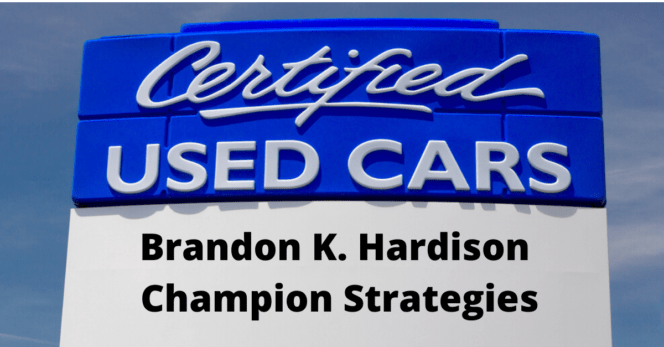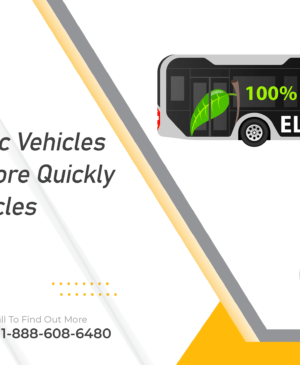Over my automotive selling and educational career; I have always kept the consumer in a position to choose what might be best in the purchase of a new or pre-owned vehicle for their needs wants and desires. Even though CPO Vehicles have been out for about 25 years by some manufacturer’s sales consultants and management teams still don’t explain if this the right choose for the consumer. So over the next few blogs I will try to do that.
Avoiding CPO Problems
Here are a few ways to sidestep or resolve issues on a certified pre-owned car:
Make sure it is a genuine CPO vehicle: Sometimes a dealership will label a vehicle as “certified,” but it isn’t the same thing as a manufacturer’s CPO program. If you want to buy a CPO Ford, make sure you go to a Ford dealer. Check the window sticker for the manufacturer’s CPO logo and find out who is providing the warranty. If the companies match up, you’re in good shape. For more on how to spot a dealer-certified car versus a manufacturer-certified car, take a look at this article, which describes what goes into a CPO program.
Know what the warranty covers: A manufacturer CPO vehicle will always come with a limited warranty, or a limited warranty and a powertrain warranty, which will cover major engine and transmission components. (At this writing, Mitsubishi is the only carmaker whose CPO vehicles include just a powertrain warranty — albeit a 10-year one.)
A Honda CPO car, for example, will add two years or 40,000 miles to Honda’s new-car five-year powertrain warranty, giving it a total of seven years or 100,000 miles from the date the car was new. Additionally, Honda will provide a 12-month/12,000-mile limited warranty or extend any existing new-car warranty for 12 months or 12,000 miles. It is especially important to know the differences between the two types of coverage. Not everyone does.
Matt Jones, an Edmunds editor who worked as internet sales manager for a Southern California Honda dealership, estimated that a quarter of his customers assumed that a CPO car would have a new-car warranty for seven years. They were confusing the 12-month limited CPO warranty with the seven-year powertrain warranty. This confusion can lead to false assumptions about what will be covered after the first year of owning that CPO car.
Every automaker’s website lists the details of its CPO warranty. Take the time to read about the brand you’re interested in and learn which items are and are not covered before making a decision to buy. The Edmunds CPO comparison page can serve as a quick reference to the differences among the programs.
CPO or no, check the car out: We scratched our heads when we read one buyer’s complaints in the forums: He was unhappy with his newly purchased CPO car, which turned out to have windshield cracks, front and rear bumper damage, and wheel damage. (The car hadn’t been detailed either.) After the buyer publicly complained, the dealer made the car right. But we had to wonder how this sale ever took place to begin with. The dealer apparently sold a damaged car as a CPO vehicle, and the customer didn’t do a walk-around before taking delivery.
Don’t buy blindly, trusting that a CPO car will be problem-free. Check it out for any obvious issues. And if you are concerned that a CPO car will have problems you might not be able to detect, consider bringing a mechanic with you to inspect it before you buy. He may be able to spot any issues that may have been overlooked in the dealer inspection. Just make sure you know what to do with the information when you get it.
When Jones was a car salesman, he had a customer who wanted to be thorough and took her CPO car to a mechanic shortly after purchasing it. The mechanic told her she had 6 millimeters remaining on her brake pads. She went back to Jones and wanted to know why she was sold a car with “just 6 percent remaining” on the brake pads. He explained that brake pads are usually between 8 and 10 millimeters thick when new, so 6 millimeters was pretty good. She had misinterpreted the meaning of 6 millimeters. Perhaps she might have expected brand-new brake pads, but that wasn’t what the CPO standard required.
Be persistent: If you believe there’s something amiss with a CPO car, follow up. An Edmunds editor’s spouse did this after he purchased his CPO Porsche 911. A few days after buying the car, he noticed that the tires were not the Porsche-approved N specification. When he researched the issue, he learned that Porsche will not approve a vehicle as a CPO unless it has tires with this specification. He was concerned that there would be warranty issues down the road if he used the non-spec tires that were on the car.
The dealer wasn’t much help at first, but the buyer persisted, moving up the chain of command at the dealership as well as contacting the automaker directly. The dealer eventually replaced the tires with all-new ones that met Porsche specifications.
Understand that even CPO cars can have problems: In researching this story, we came across two instances in which consumers had trouble with their CPO cars shortly after purchase. Both believed their cars’ problems should have been identified and corrected during the CPO process. But in both cases, the problems were flaws that were widespread in that make and model. The CPO process wasn’t flawed — the cars were. One owner got her car fixed under warranty. The other is still unhappy with his car’s steering-wheel vibration at higher speeds. But so are a lot of people who bought that same car new, and they’re pressing on in a battle with the carmaker.
I hope that this helped you to seek further research or I will see you on the next blog.
Make it a champion day!
Brandon K. Hardison – Champion Strategies











Leave a Reply